A plasma cutter is a device used in metal fabrication, specifically for cutting through various forms of metals. Harnessing the power of plasma, these tools offer smooth, clean, and precise cuts on conductive metals like steel, stainless steel, aluminum, brass, and copper. Their range of applications spans from small-scale workshops to large manufacturing plants, showcasing versatility and adaptability.
How do plasma cutters work?
The underlying science of a plasma cutter involves creating a channel of superheated, electrically ionized gas known as plasma. The cutter initiates a high-powered electrical arc from the torch to the workpiece, which subsequently superheats the surrounding air, turning it into plasma. This plasma stream then cuts through the metal by melting it and blowing the molten material away, effectively achieving a neat and precise cut.
What are the main types of plasma cutters?
A CNC plasma cutter, or Computer Numerical Control plasma cutter, brings together the precision and control of computer programming with the power of plasma cutting. Predominantly used in industries, these plasma cutters offer excellent accuracy and repeatability, making them ideal for large-scale, complex works. A plasma cutter table is often used alongside a CNC plasma cutter, providing a stable surface for the workpiece to rest on.
A portable plasma cutter is a practical solution for situations that require mobility. For small-scale operations or on-site jobs where hauling a full-sized plasma cutter is impractical, these lightweight alternatives step in. Portable plasma cutters provide reasonably excellent cutting power, capable of handling medium-scale tasks proficiently. Particularly, a plasma cutter with a built-in air compressor adds value by limiting the need for an external compressed air supply, therefore bolstering its portability.
An axis plasma cutter operates on more than one axis, offering the ability to cut in three dimensions. It provides superior control over the cut's depth, angle, and shape, allowing for intricate cuts and designs. While they may require slightly more learning curve, the enhanced control they afford can significantly impact the outcome, especially in unique design implementations. In addition, these machines also tend to have stronger and more stable frames to handle the rigorous movements on multiple axes. This durability means these cutters are designed for long-term service and can handle tough cutting tasks with ease.
Do plasma cutters use a lot of electricity?
Despite their power, plasma cutters are surprisingly energy-efficient. Their energy consumption varies depending upon their rated output power and duty cycle. For instance, a typical plasma cutter operating at a 50% duty cycle might consume an average of about 3 to 3.5 kWh to run. However, considering the exceptional cutting speed and precision they offer, the energy cost is often justified.





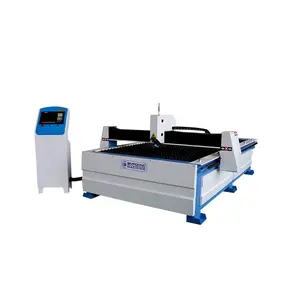



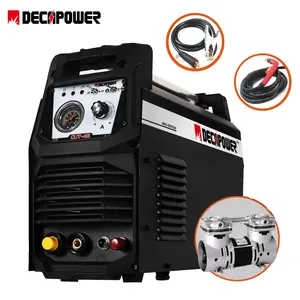
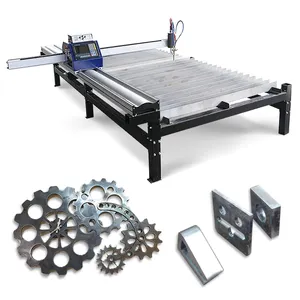
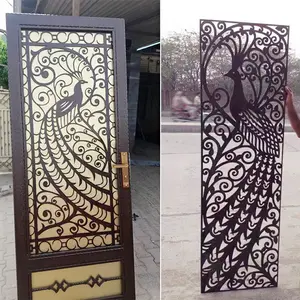

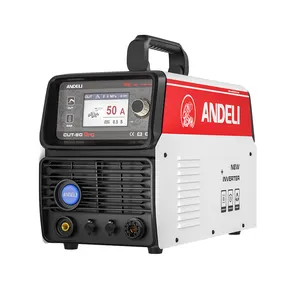

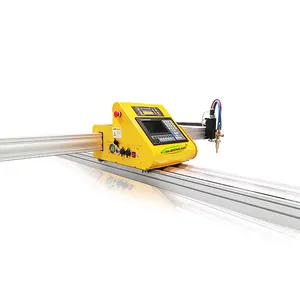
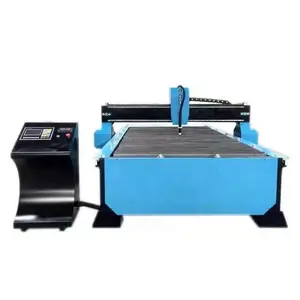




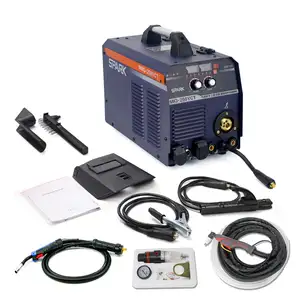






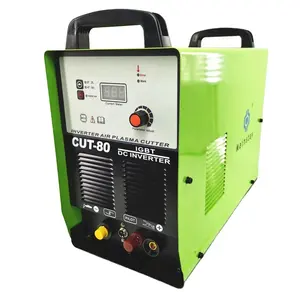
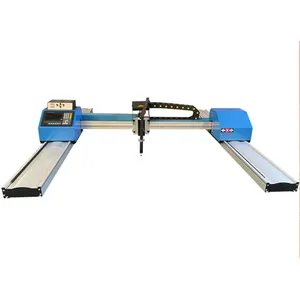
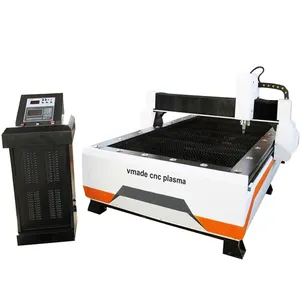


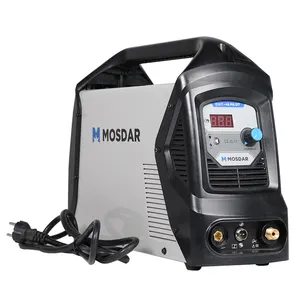

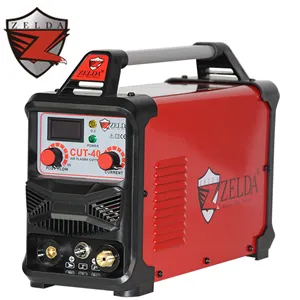
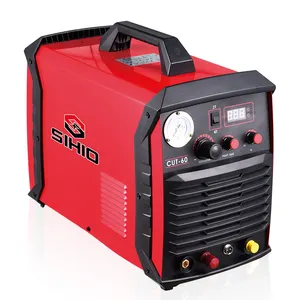



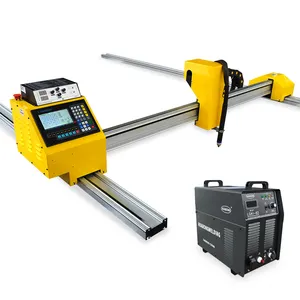

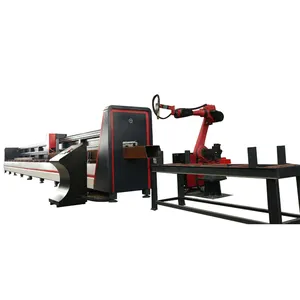








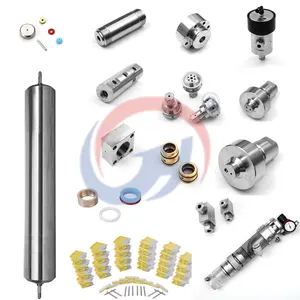
























 浙公网安备 33010002000092号
浙公网安备 33010002000092号 浙B2-20120091-4
浙B2-20120091-4